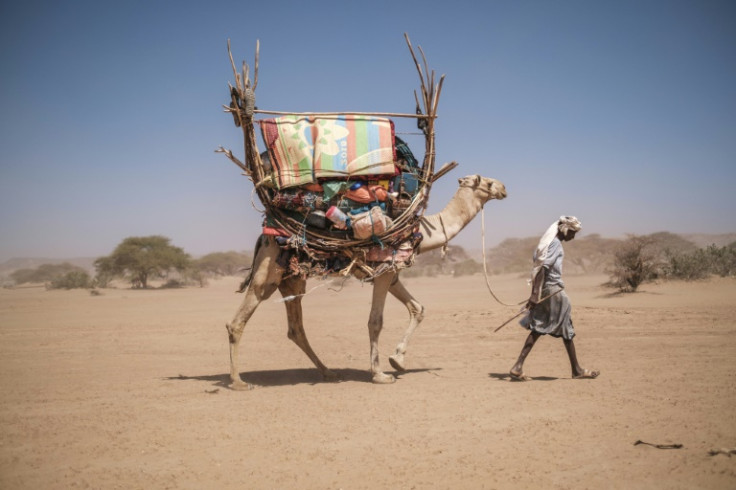Demise Of Rangelands 'Severely Underestimated': Report

From camel drivers in the Sahara to nomads on the Mongolian steppe, traditional herders the world over rely on earth's wildest open spaces to support an ancient way of life.
But the expansive plains, tundra and savanna they inhabit are in much greater peril than previously thought, researchers said Tuesday in a major reassessment of the health of these crucial environments.
As much as half of all rangelands -- encompassing some of nature's most striking vistas from the Arctic to the tropics, deserts and mountains -- are believed to be degraded, the report said.
Mostly natural grasslands used by livestock and wild animals to graze, they also include scrubland, mountain plateaus, deserts and wetlands.
Climate change, urban expansion, population growth and the conversion of land for farming was fuelling their destruction, said the report by the UN Convention to Combat Desertification (UNCCD).
Rangelands were grossly undervalued and their "silent demise" had passed mostly unnoticed despite what was at stake, said UNCCD executive secretary Ibrahim Thiaw.
"We as humanity have to pay attention to this," he told AFP.
The "persistent loss and deterioration" of rangelands would be felt beyond the pastoralist communities who have adapted to life in these environments over centuries, the report said.
Healthy rangelands are an asset in the fight against global warming, locking away carbon in soil and spurring the growth of vegetation that pulls planet-heating CO2 from the atmosphere.
Traditional farming customs -- such as rotating grazing areas and conserving scarce resources in difficult times -- improved soil health and its capacity to store carbon, the report's lead author Pedro Maria Herrera Calvo told AFP.
Poor policy, neglect and large-scale rangeland mismanagement had eroded soils, releasing carbon rather than storing it, and stripped the earth of the nutrients needed to support plant and animal life.
Rangelands are biodiversity hotspots, providing habitats for Africa's most iconic wildlife, and pasture for one billion grazing animals, the report said.
They account for one-sixth of the world's food production, it added, and underpin many national economies.
They are also a cultural bedrock for half a billion pastoralist people in more than 100 countries, mostly poor and marginalised communities such as the Bedouin, Fulani and Saami.
A quarter of the world's languages are spoken among pastoral groups who call these places home.
"It is part of our heritage," said Thiaw. "Losing it would mean not only losing ecosystems and losing the economy, but losing our own culture."
Yet they are barely studied, said Calvo. Rosier outlooks did not reflect reality, and this reassessment by dozens of experts was long overdue, he added.
"We feel that the actual data estimating rangelands degradation around 25 percent is severely underestimated," he said. "We think that almost 35 -- even 50 percent -- of rangelands are already degraded."
Rangelands cover 80 million square kilometres -- more than half the land surface of earth. Protecting them would require policy that better supports the pastoralists who understand them best, the report said.
Instead of having a seat at the table however, nomadic communities were "voiceless and powerless", the report said.
Ignoring their wisdom in sustainably managing these complex environments -- or, worse still, forcing them off the land -- would only condemn these wild places and their custodians to an even bleaker future, Thiaw argued.
"It is important for this to be taken much more seriously."
© Copyright AFP 2024. All rights reserved.





















